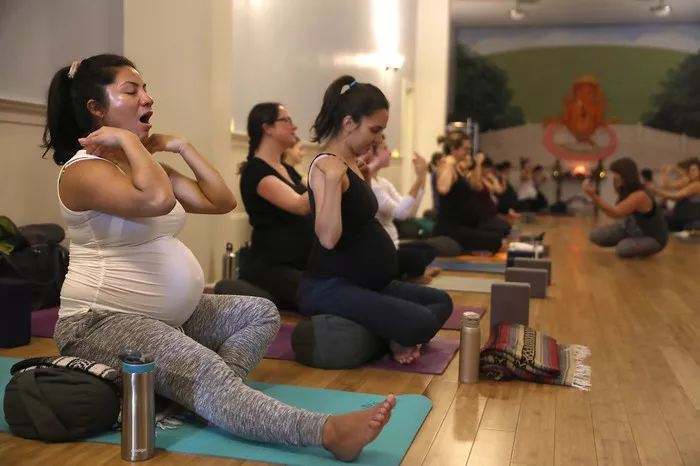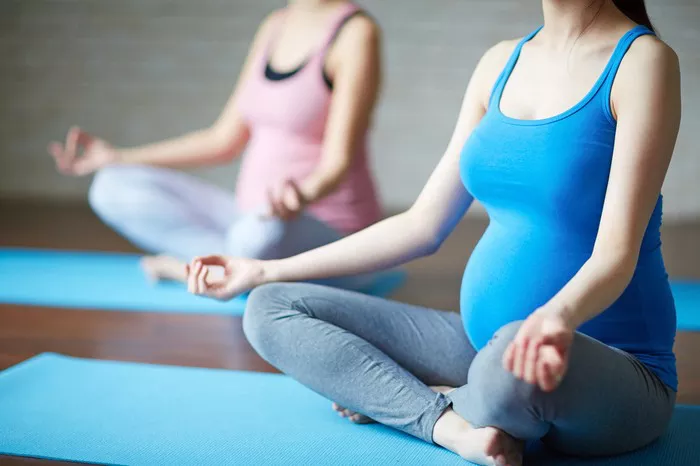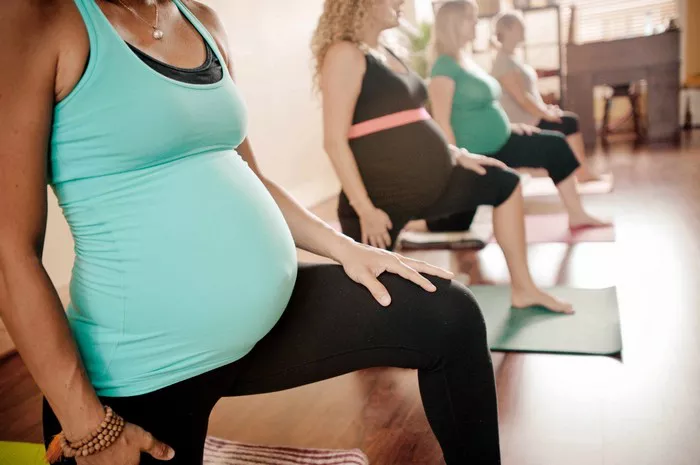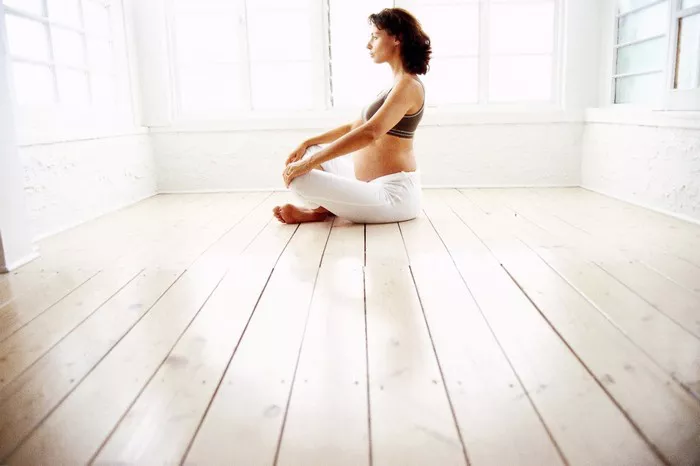What is Iyengar Restorative Yoga? Iyengar Restorative Yoga is a gentle, therapeutic form of yoga rooted in the teachings of B.K.S. Iyengar, one of the most influential yoga masters of the 20th century. Unlike more vigorous styles, this approach emphasizes deep relaxation and alignment through the use of props such as bolsters, blankets, belts, and blocks. The primary objective is to support the body in poses for extended periods, encouraging the nervous system to relax and heal. It is especially beneficial for individuals recovering from illness, injury, or stress, and those seeking a slower, more meditative practice.
The Origins and Philosophy Behind Iyengar Yoga
B.K.S. Iyengar developed his method based on precise anatomical alignment and the therapeutic benefits of each pose. Iyengar yoga, in general, is known for its attention to detail and the use of props to achieve correct posture. Restorative yoga, a sub-style of Iyengar yoga, was later emphasized by his senior students, particularly Geeta Iyengar and others who noticed its profound healing effects. This practice is grounded in the idea that physical, mental, and emotional health can be restored through mindful stillness, correct alignment, and the support of physical aids.
Key Principles of Iyengar Restorative Yoga
1. Alignment and Precision
In Iyengar restorative yoga, alignment is crucial. Even in supported poses, the body must be arranged in a way that promotes balance and harmony. This prevents unnecessary strain and allows the body to rest effectively.
2. Use of Props
Props are integral to Iyengar restorative yoga. Common items include:
- Bolsters
- Blankets
- Blocks
- Straps
- Chairs
These tools help practitioners maintain poses without effort, which is essential for deep relaxation.
3. Long Duration Holds
Unlike active yoga styles, restorative poses are held for extended periods—often 5 to 20 minutes. This allows the parasympathetic nervous system to activate, promoting rest and digestion.
4. Breath Awareness
Breathing plays a central role in restorative yoga. Slow, deep breaths signal the body to relax. Practitioners are encouraged to observe their breath without altering it initially, and later move into more controlled breathing patterns.
5. Therapeutic Intent
The practice is often tailored to support recovery from physical and emotional trauma. By reducing stress and promoting physiological balance, restorative poses help to facilitate healing and recovery.
Common Poses in Iyengar Restorative Yoga
Below are some widely practiced restorative poses used in Iyengar yoga:
1. Supta Baddha Konasana (Reclining Bound Angle Pose)
This pose involves lying back on a bolster with the soles of the feet together and knees supported by blocks or blankets. It opens the chest and hips while promoting deep relaxation.
2. Viparita Karani (Legs-Up-the-Wall Pose)
In this pose, the practitioner lies on their back with legs elevated against a wall, sometimes with a bolster under the hips. It helps reduce swelling in the legs and promotes circulation.
3. Supported Setu Bandha Sarvangasana (Bridge Pose)
A bolster or block is placed under the sacrum while the body rests in a gentle backbend. This pose opens the chest and calms the nervous system.
4. Adho Mukha Virasana (Downward-Facing Hero Pose)
Using a bolster and blanket, this forward bend helps to relax the back, shoulders, and neck, making it ideal for stress relief.
5. Salamba Savasana (Supported Corpse Pose)
A final relaxation pose done with bolsters and blankets to fully support the body. It helps to integrate the benefits of the practice.
Physical and Mental Benefits
Iyengar restorative yoga offers numerous health benefits. Physically, it helps to relieve chronic pain, reduce fatigue, and improve circulation. The use of props allows even those with limited mobility or injury to access the benefits of yoga safely. Mentally, this practice is invaluable for reducing anxiety, improving sleep, and cultivating mindfulness. By quieting the mind, practitioners often experience greater emotional balance and resilience.
Who Should Practice Iyengar Restorative Yoga?
Restorative yoga is suitable for a broad range of individuals:
- Beginners new to yoga
- People recovering from surgery or injury
- Individuals dealing with chronic illness or pain
- Pregnant women (with modifications)
- Seniors
- Those experiencing high stress or anxiety
It is always advisable to consult with a healthcare provider or certified yoga teacher before beginning any new exercise regimen, especially if there are existing health concerns.
How to Practice Safely and Effectively
To get the most from Iyengar restorative yoga, keep the following tips in mind:
1. Work with a Certified Teacher
Practicing under the guidance of a certified Iyengar teacher ensures proper alignment and appropriate pose selection, especially if you are using the practice for therapeutic reasons.
2. Prepare Your Space
Create a calm, clean, and quiet environment. Use yoga props or common household items like pillows and folded towels to support your poses.
3. Be Patient and Attentive
Restorative yoga is not about achieving more but about doing less. Give your body time to release tension and your mind time to settle.
4. Observe Your Breath and Sensations
Stay mindful of how each pose feels. Avoid pain or discomfort, and adjust props as needed. Gentle awareness promotes deeper relaxation and healing.
5. Practice Regularly
Consistency is key. Even short, regular sessions can bring significant benefits over time. Aim to practice at least 2-3 times per week for optimal results.
Differences Between Restorative and Other Yoga Styles
While all yoga styles offer unique benefits, Iyengar restorative yoga stands out for its therapeutic focus and gentle approach. Here are some comparisons:
- Vinyasa or Power Yoga: These are dynamic and strength-building styles, often involving quick transitions and a cardio component.
- Hatha Yoga: A more general style that balances strength and flexibility but may not include the extended holds or use of props seen in restorative practice.
- Yin Yoga: Although it also involves long-held poses, Yin targets connective tissues and may not use as many props or emphasize alignment as much as Iyengar restorative yoga.
- Yoga Nidra: A guided meditation practice that complements restorative yoga but is typically done lying down in Savasana.
Integrating Iyengar Restorative Yoga Into Daily Life
Making restorative yoga a part of your routine doesn’t require large time commitments. Here are ways to integrate it:
- Start or end your day with a 10- to 20-minute session
- Use it as a midday break to reduce stress and refresh the mind
- Combine it with mindfulness or meditation for deeper introspection
- Incorporate it into your workout recovery days to aid muscle repair and relaxation
Equipment Checklist for Home Practice
To practice Iyengar restorative yoga at home, consider having the following items:
- 1 or 2 bolsters
- 2 to 4 yoga blankets
- 2 yoga blocks
- 1 yoga strap
- A yoga mat
- Optional: eye pillow, sandbags, yoga chair
While these props are ideal, many household items can serve as substitutes if you’re just beginning.
Final Thoughts
Iyengar restorative yoga offers a unique blend of physical support and mental stillness, making it one of the most accessible and healing forms of yoga available. Whether you’re dealing with stress, physical discomfort, or simply seeking a deeper sense of peace, this practice has something valuable to offer. By committing to regular sessions and honoring your body’s needs, you can unlock the full potential of restorative yoga and enrich your overall well-being.
Related Topics:




















